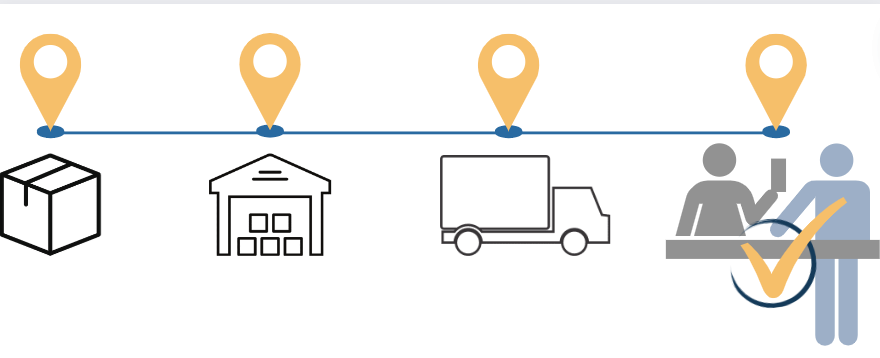The requirement to track products across the supply chain from seed to final sale exists in highly regulated industries such as food, pharmaceutical, alcohol, tobacco, and cannabis. Track and Trace systems aim to achieve two main objectives:
- Protect consumer health and safety with the ability to recall products.
- To comply with rules and regulations and provide transparency of transactions across the supply chain.
Different track and trace systems are developed for each industry’s unique requirements. However, the main difference in the cannabis industry from the other industries is the lack of consistent regulations across legal markets. Each state can create its own rules for tracking products.
This variability has increased the complexity of monitoring the rules and regulations developed by each state. Additionally, there is a lack of traditional technology companies willing to serve a federally illegal industry, resulting in a lack of technical industry standards.
These unique conditions have resulted in billions of transactions being recorded in various track and trace systems, making it challenging to achieve one of the primary goals associated with implementing a cannabis track and trace system – monitoring the cannabis supply chain for compliance.
There are two primary benefits to regulating the emerging legal cannabis industry. The first is allowing government agencies to create new regulatory concepts and frameworks to meet state-level requirements with modern ideas. The second area of success lies in using new technologies such as advanced analytics, artificial intelligence, and machine learning for automating the analysis of these transactions to rapidly find and alert where a condition of compliance is at risk with intelligent insights to augment compliance teams.
